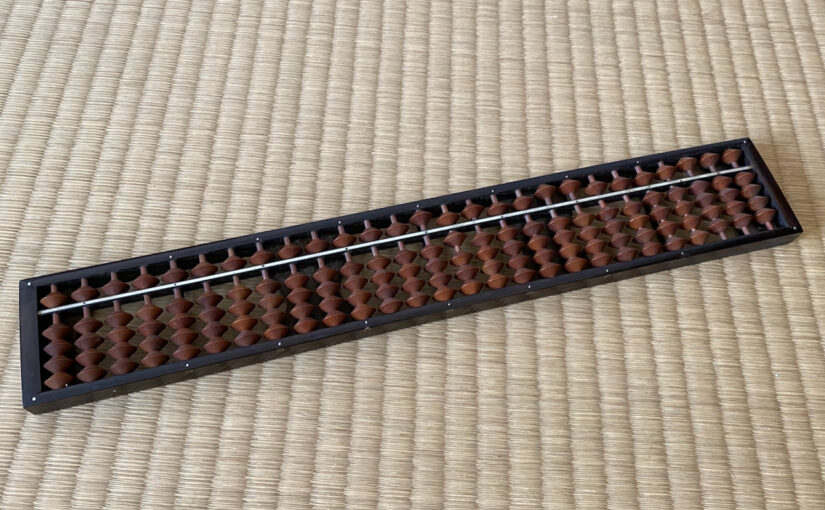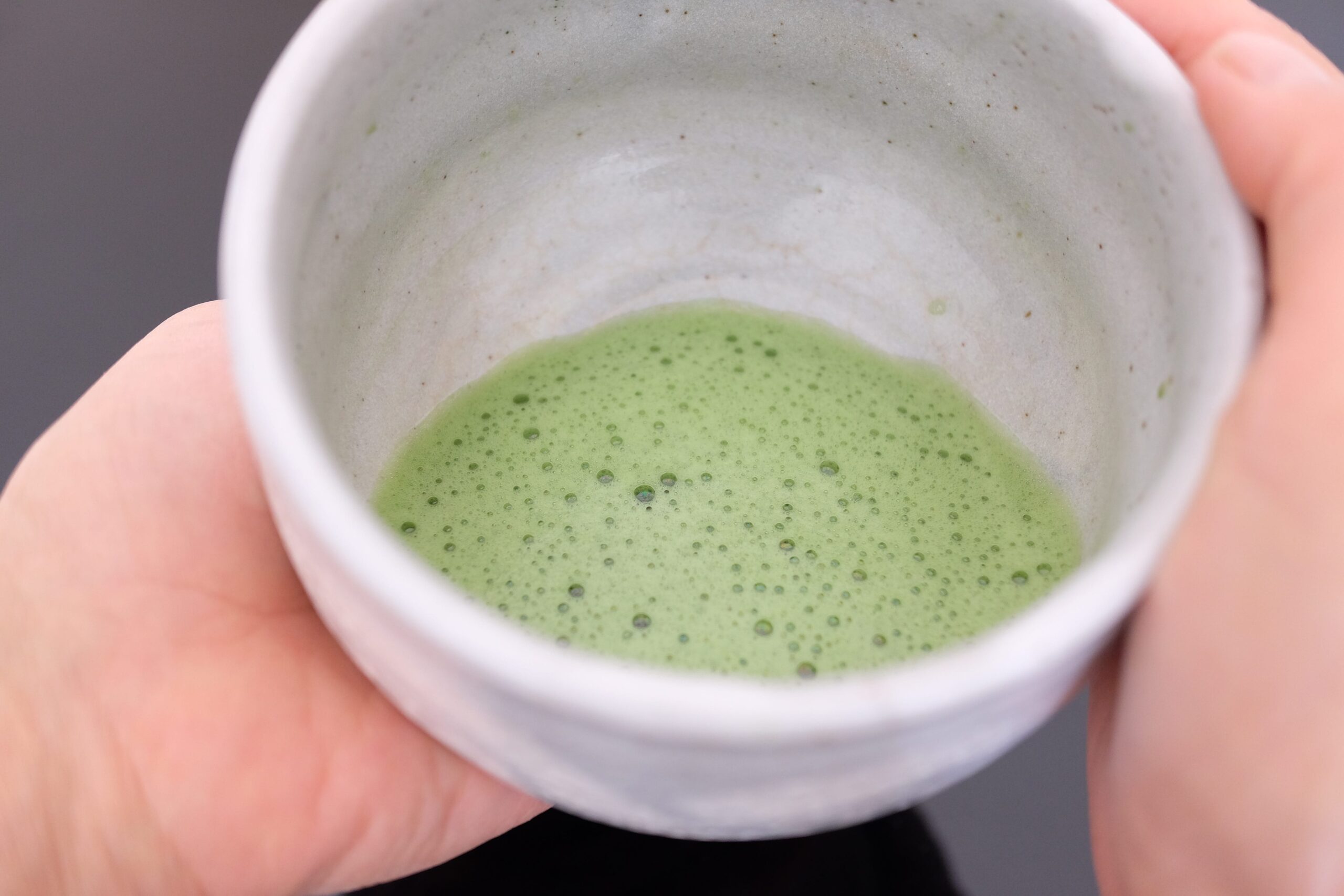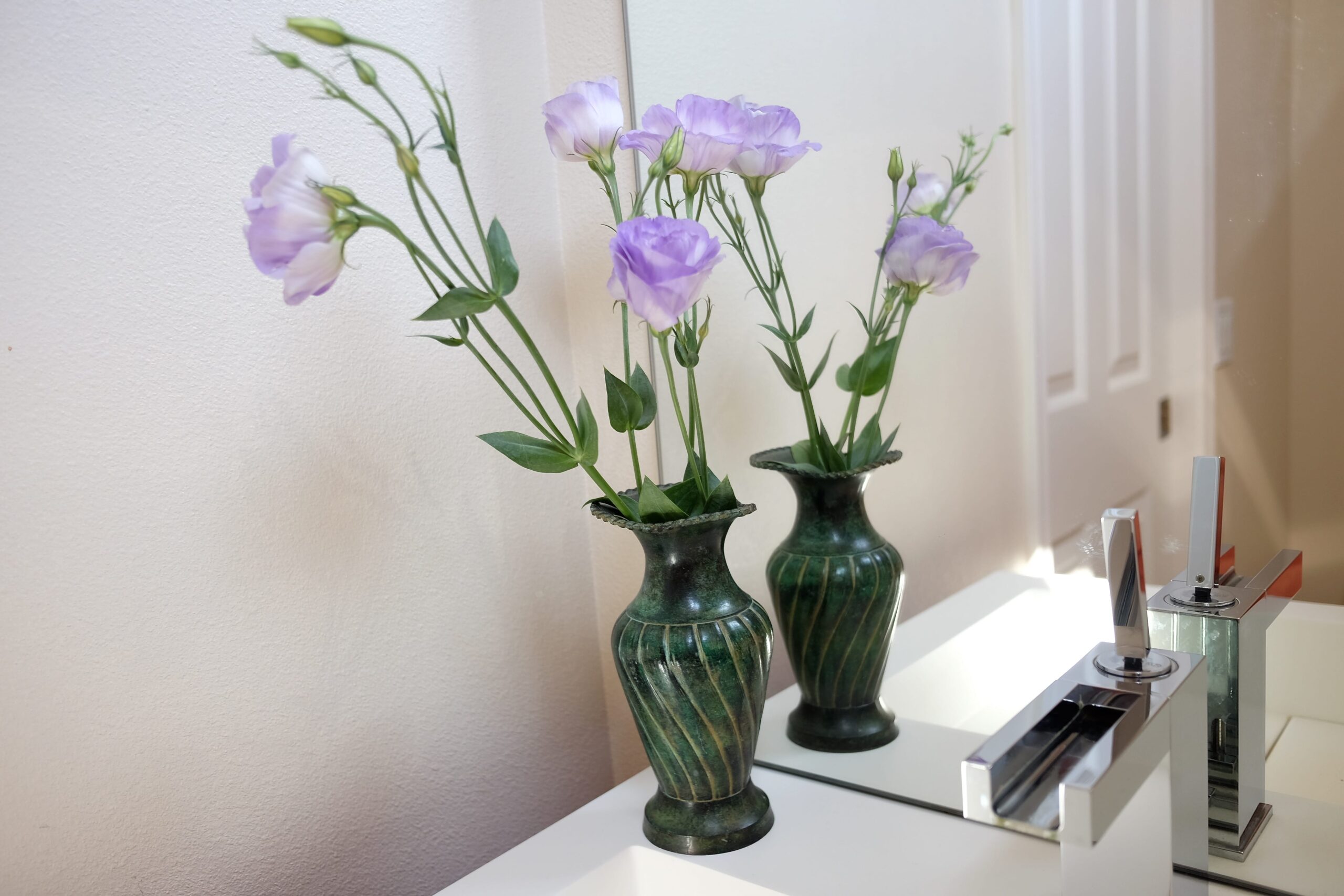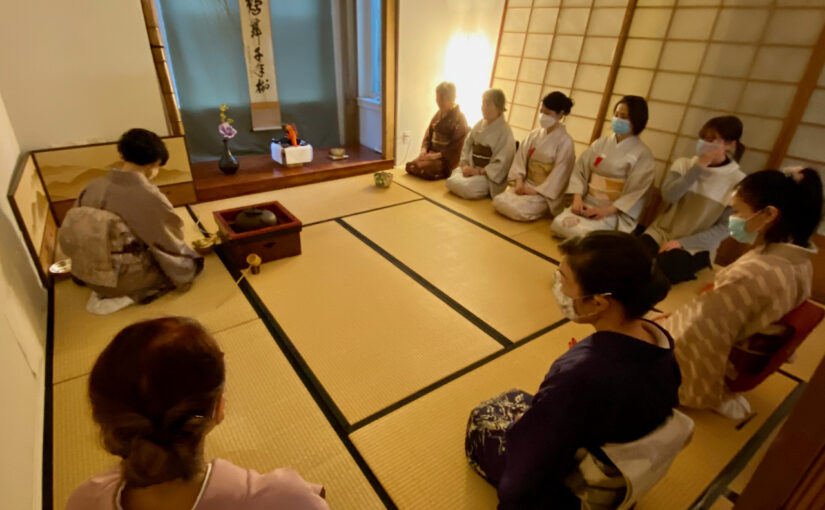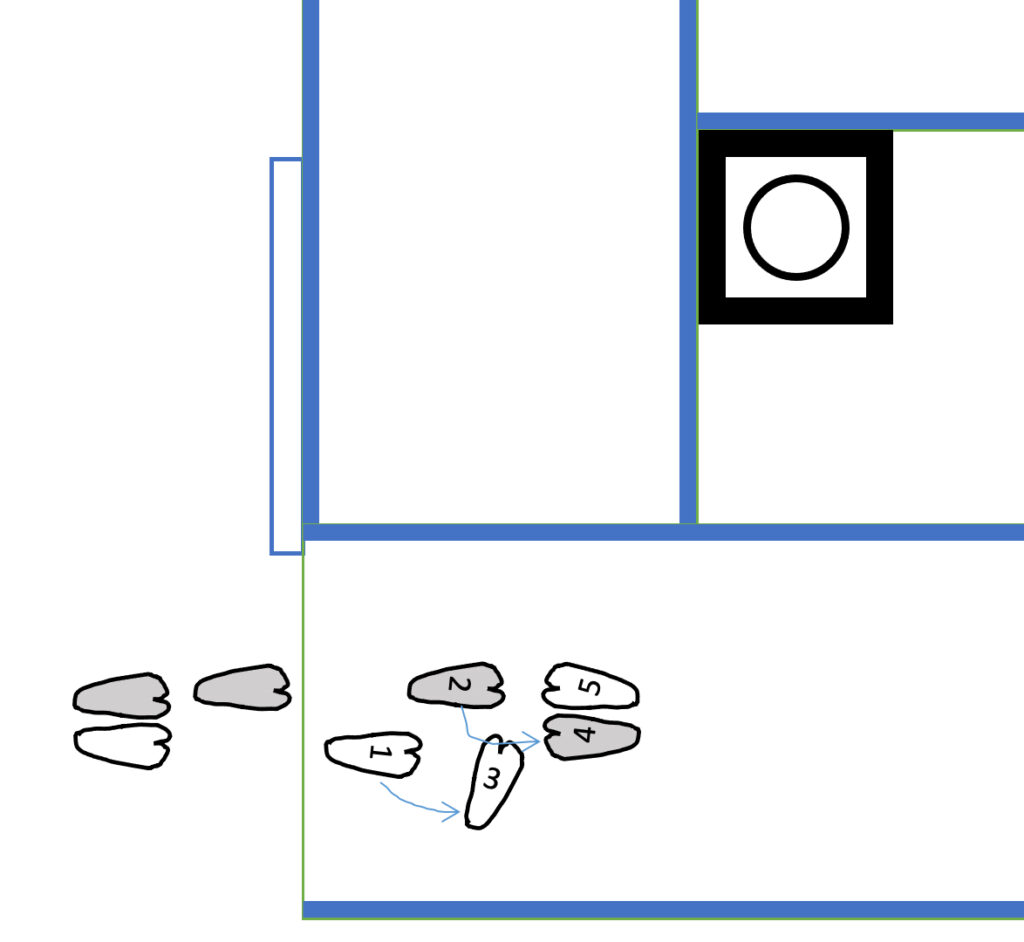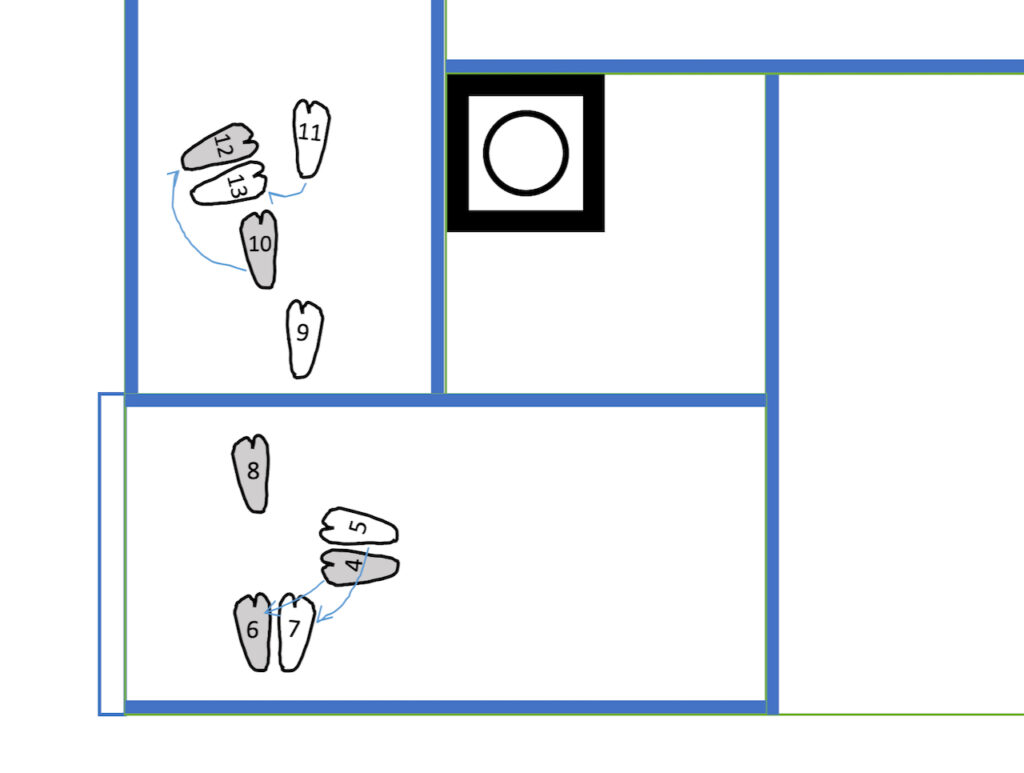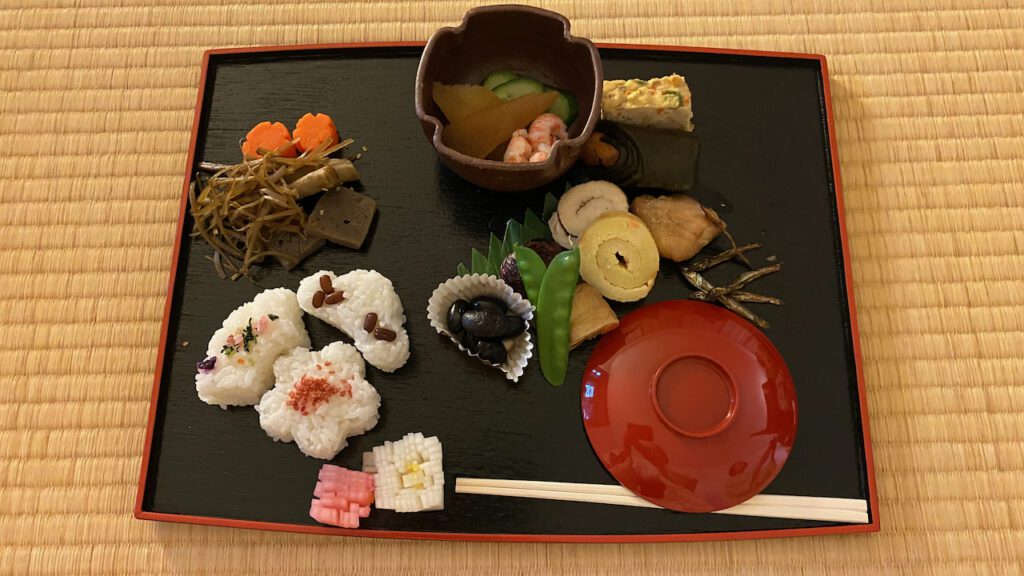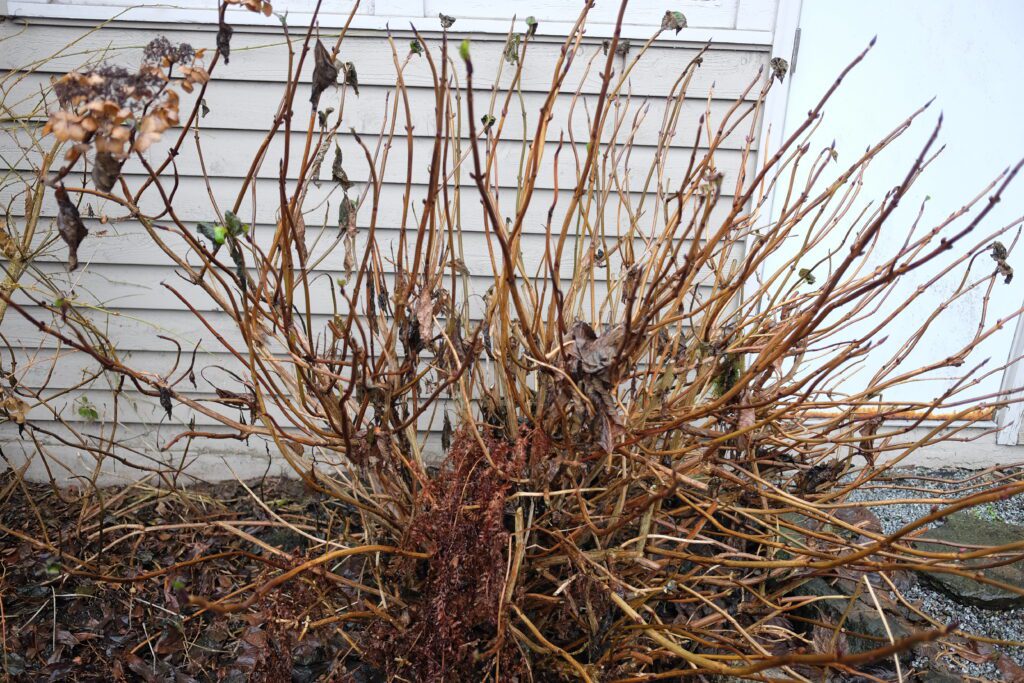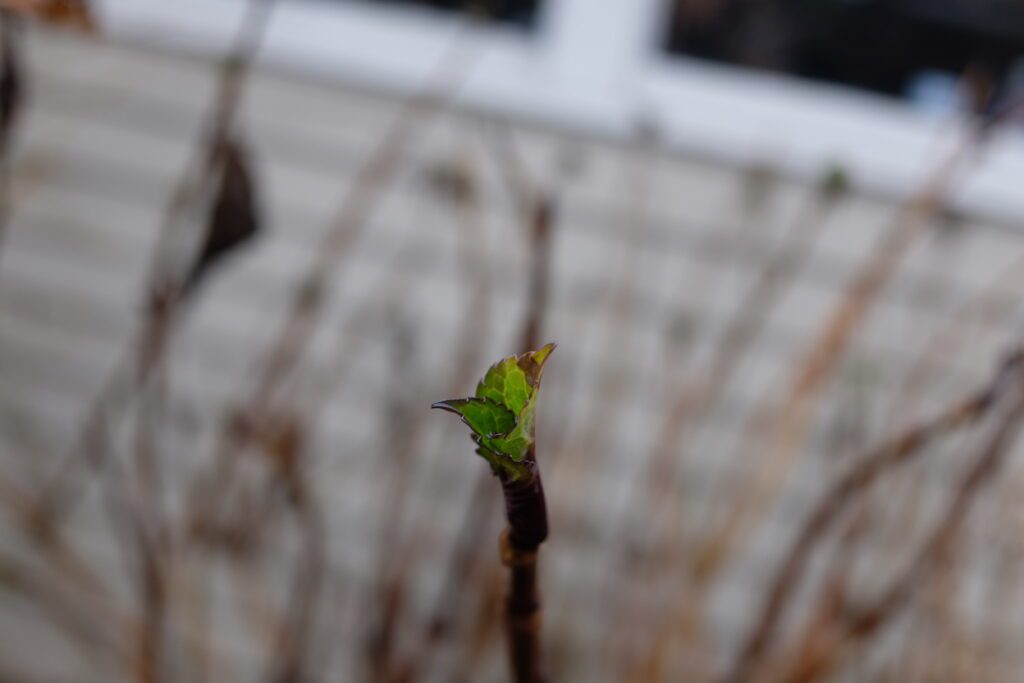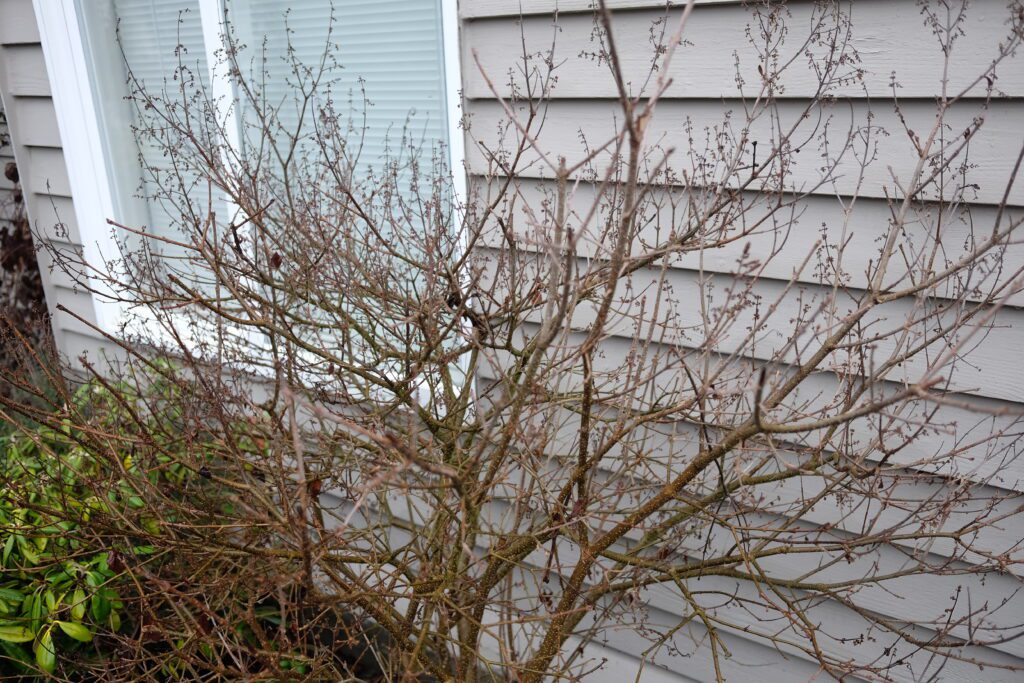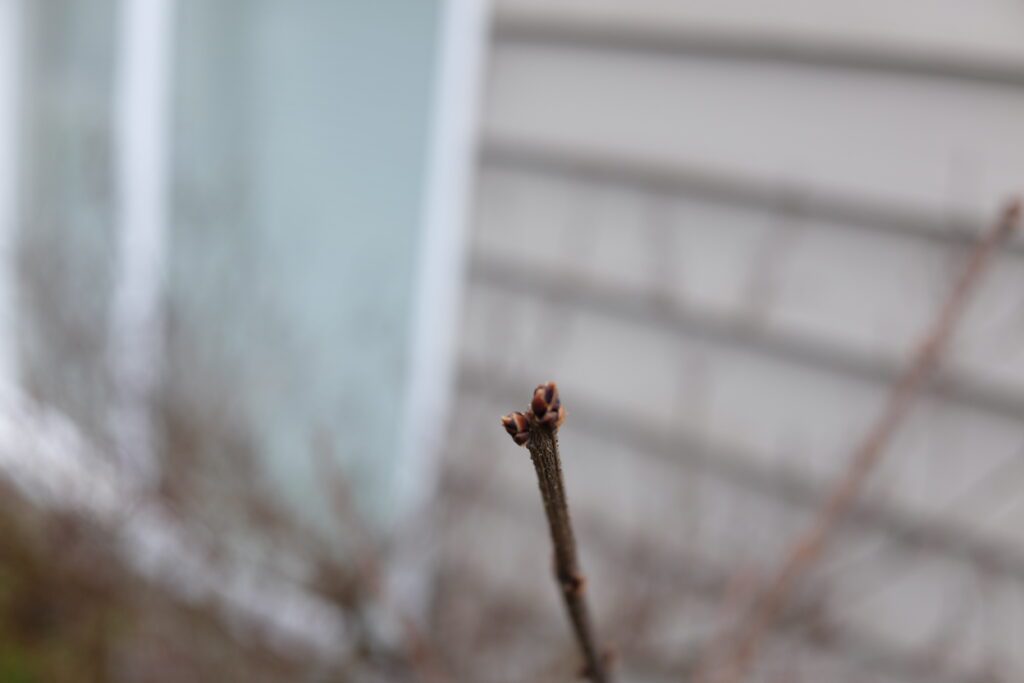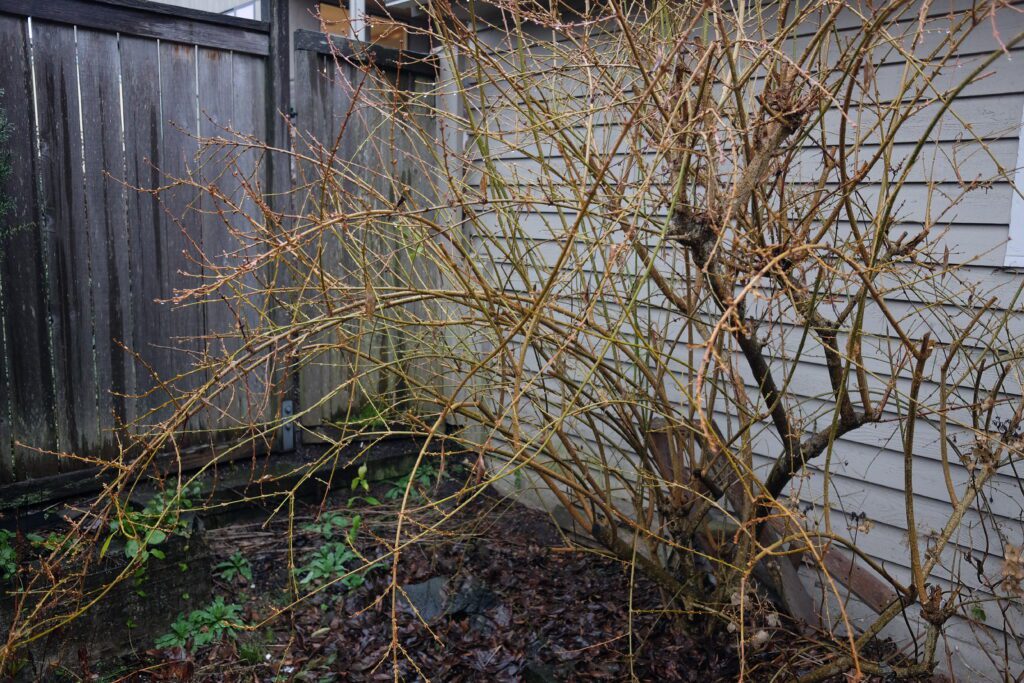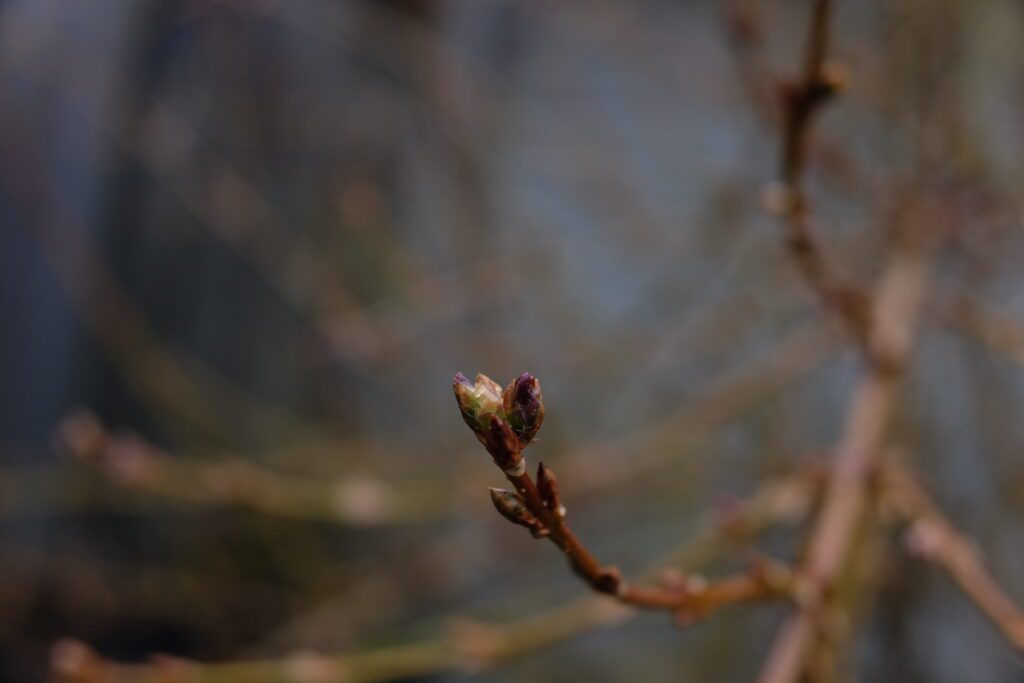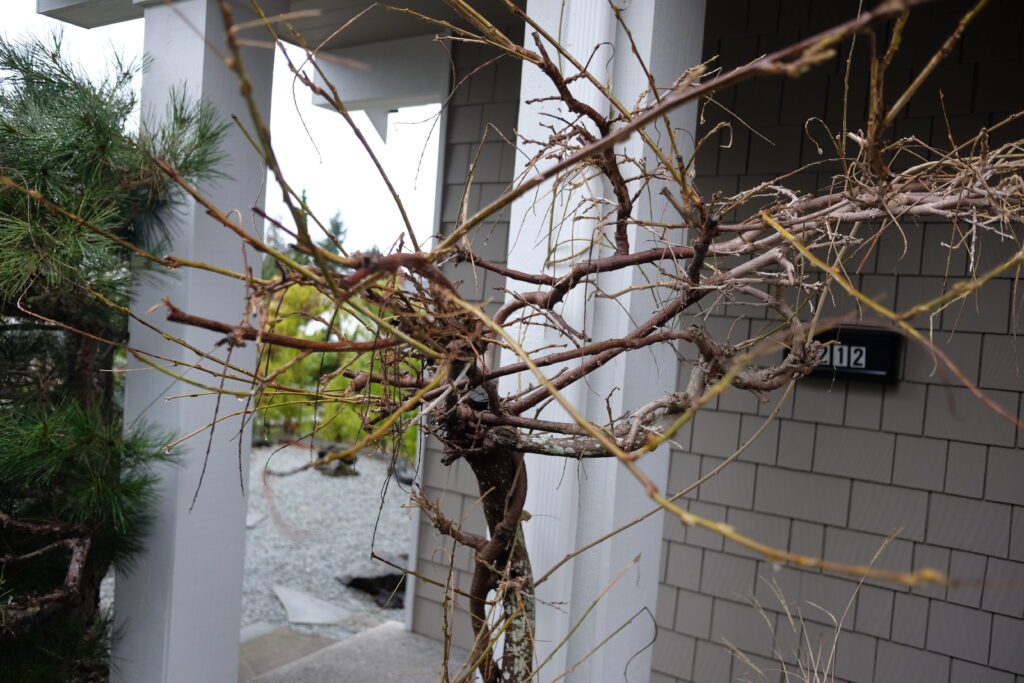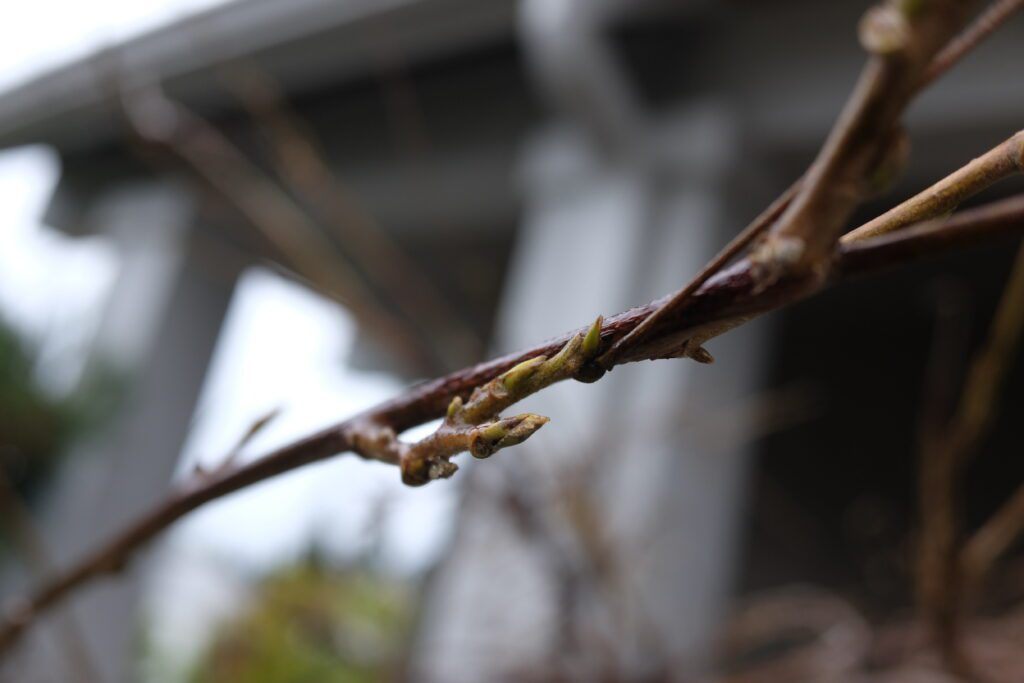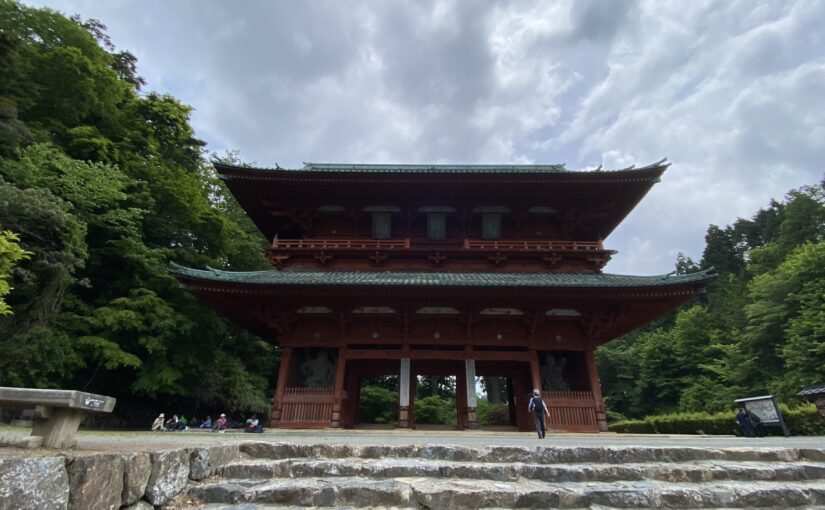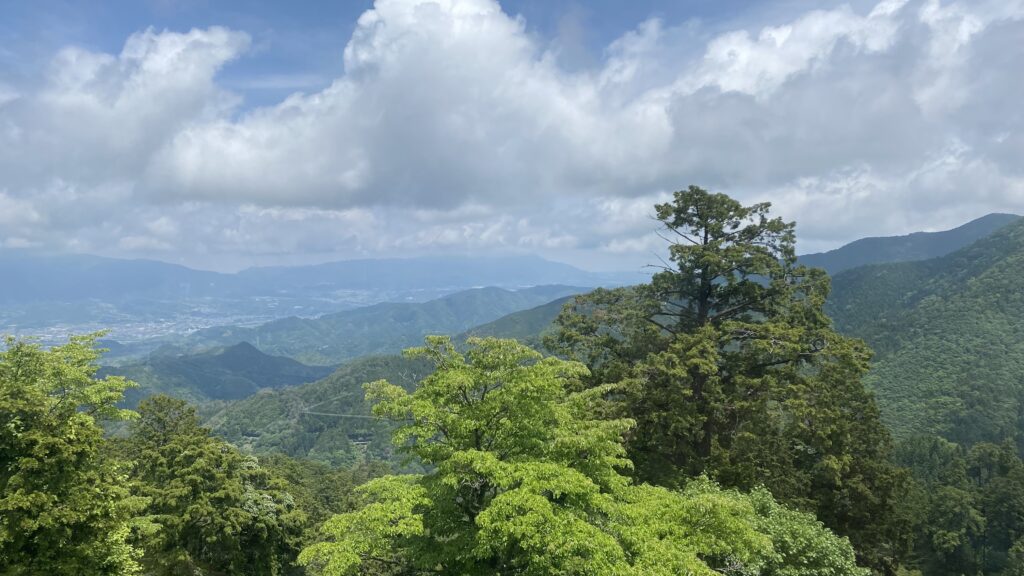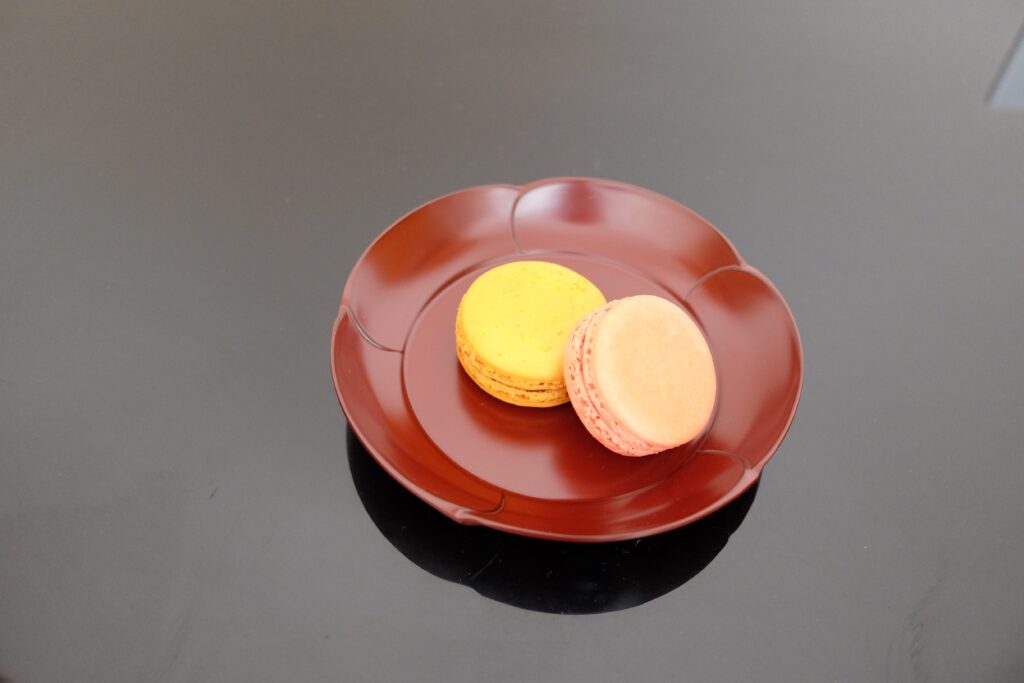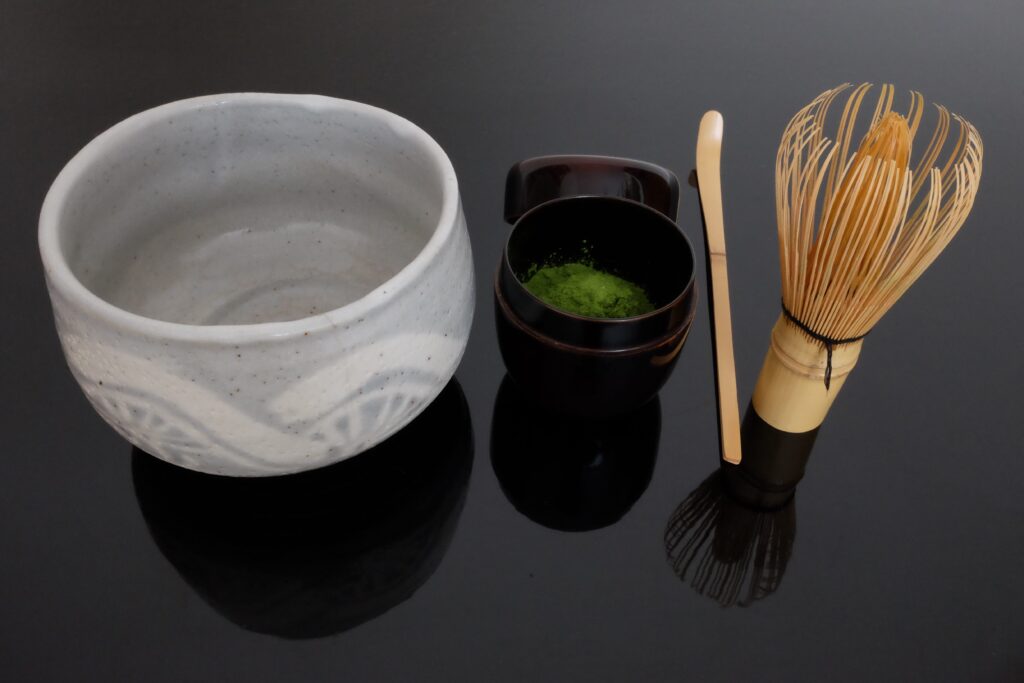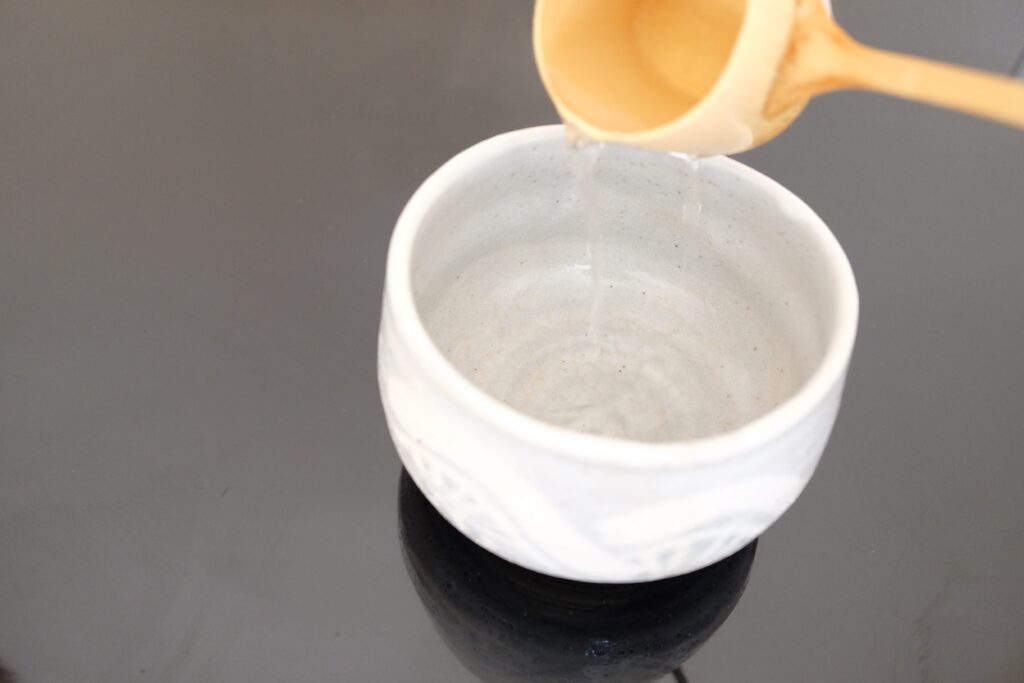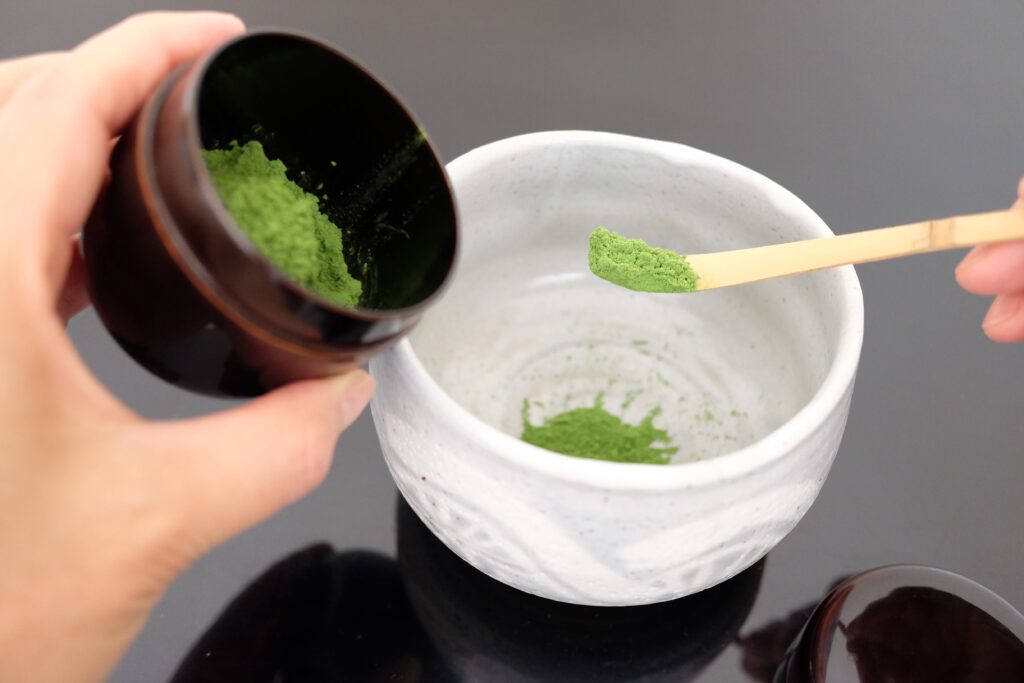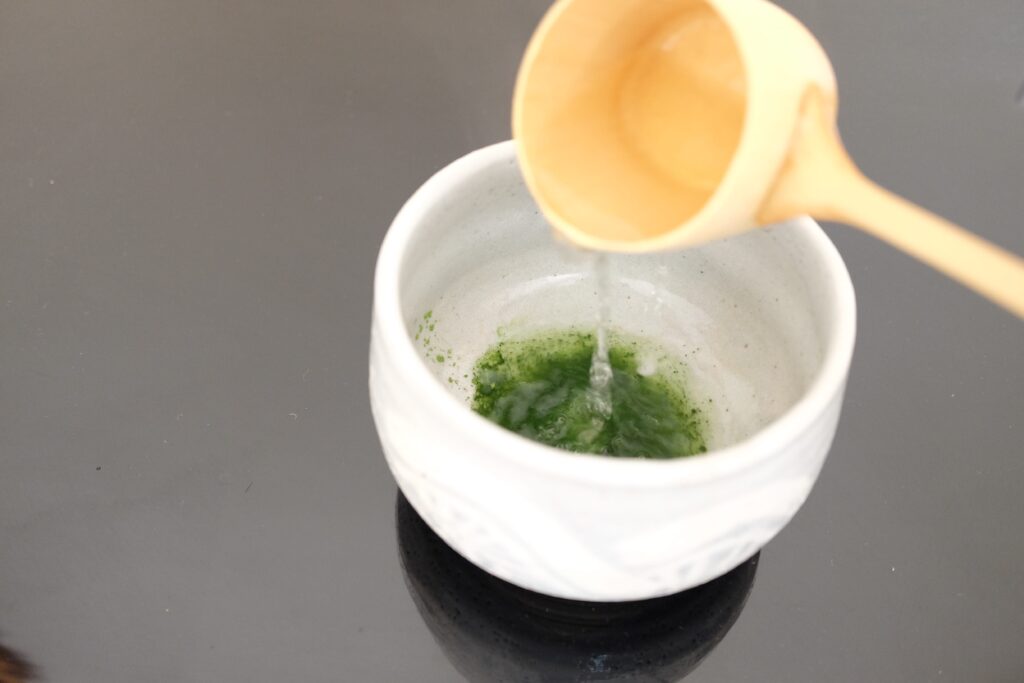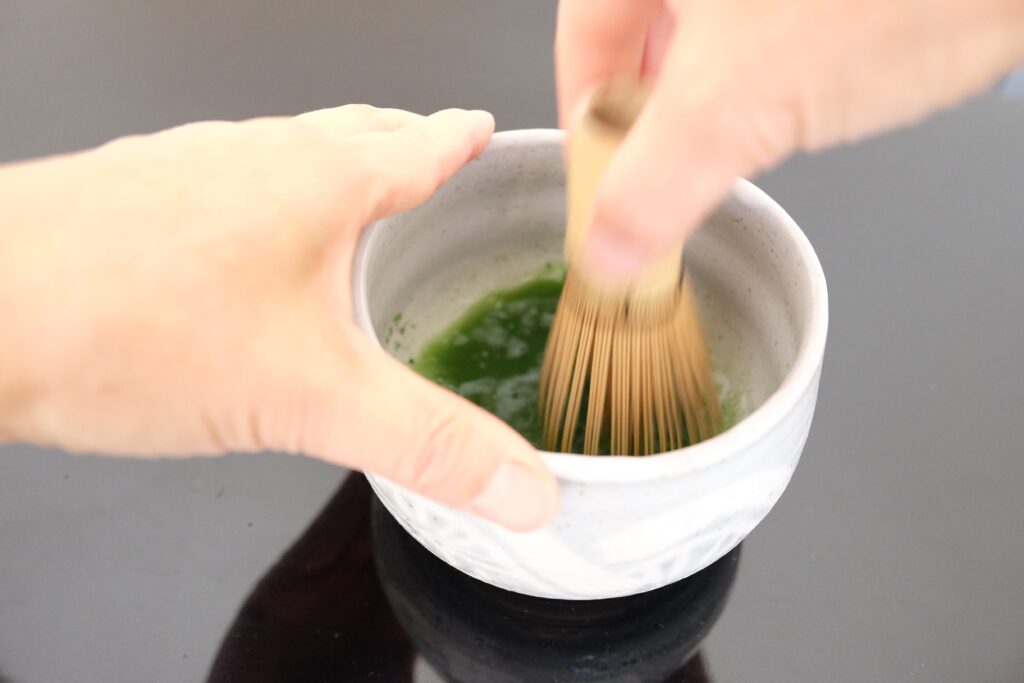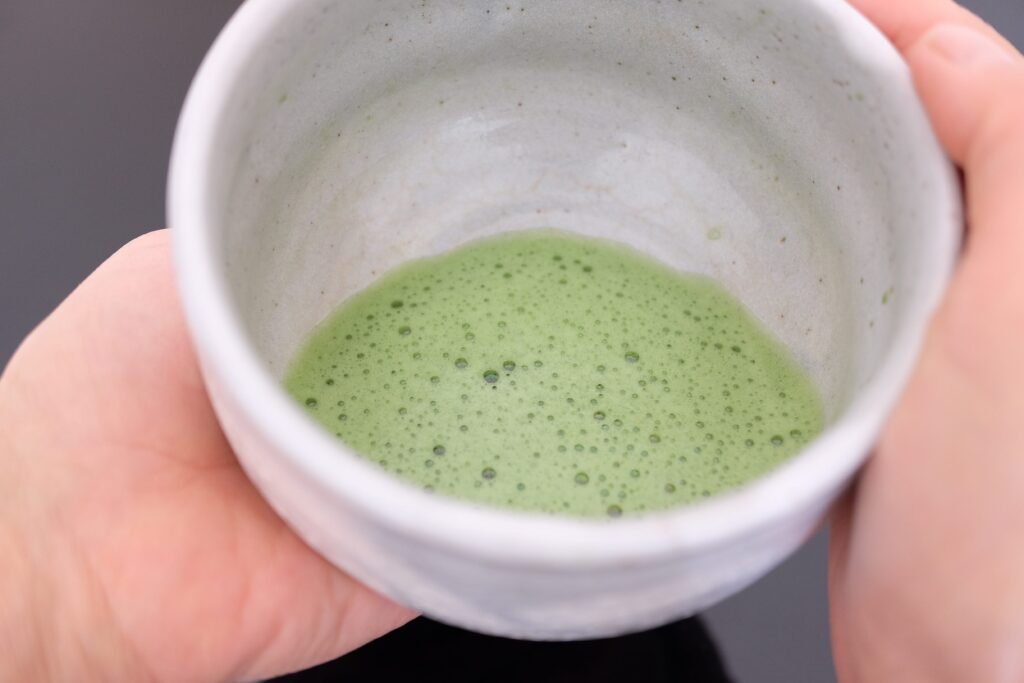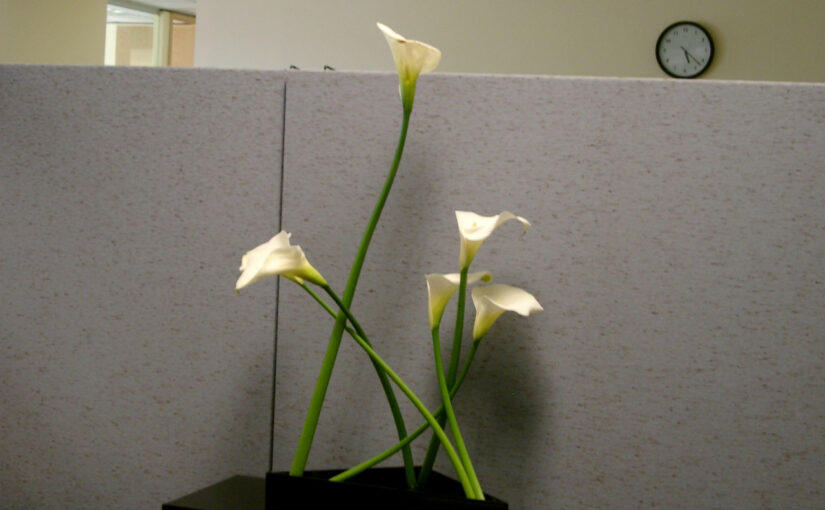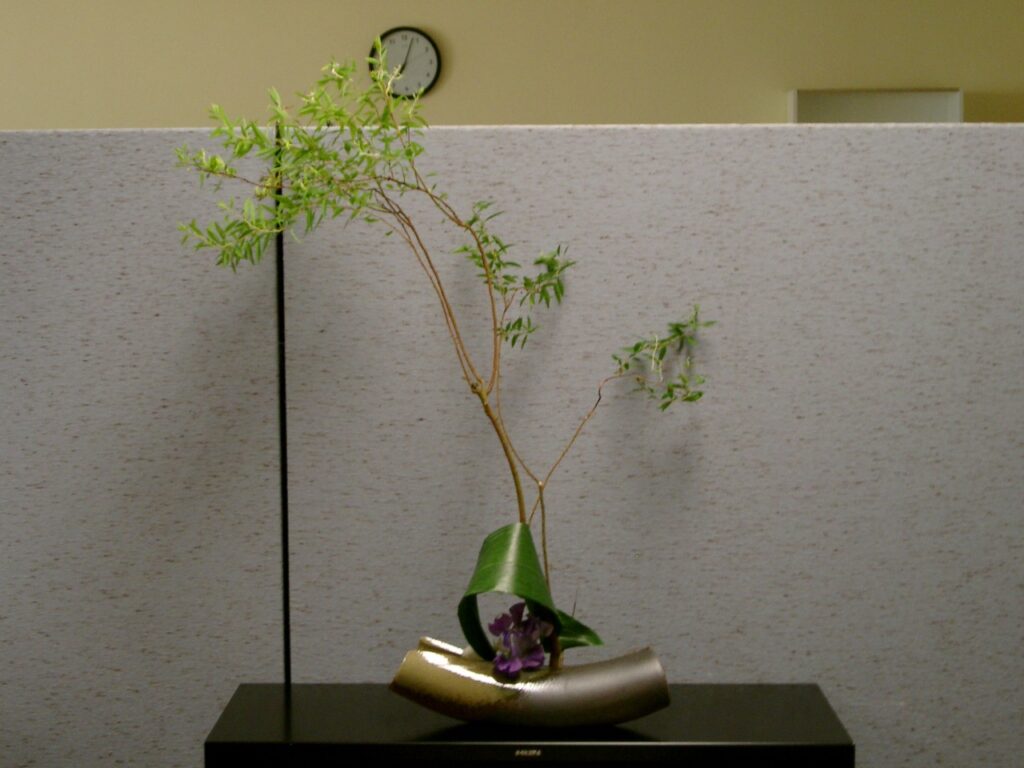Because she can calculate with a soroban in this age of AI
Photo by Author Akemi Sagawa
The photo above is my soroban that I got over half a century ago. In those days in Japan, every student was required to get one in the first grade at school. I remember learning how to use it a couple of times in math class. I never bothered to learn privately to further practice using it.
My mother, on the other hand, learned how to use soroban more proficiently when she was young. At the age of 84, she doesn’t even know how to start a calculator app on the phone, but she can add, subtract, multiply, and divide several digits of numbers quickly, much quicker than I can, using this simple tool.
Who is smarter, me or my mother?
I can perform simulations that my mother wouldn’t even comprehend using Excel.
I can search hundreds more recipes for cooking rice than my mother knows by heart using my smartphone.
But can I say I’m any smarter than my mother?
I think not. The very fact that I call it a “smart” phone implies that now the gadget is smarter than me. I’m not the smart one.
I’m simply outsourcing my brain power to external gadgets like computers and “smartphones,” aren’t I?
Without such gadgets, I’m useless. Even if these gadgets are around me, if electric power is out, all these gadgets become useless.
In this age of AI, I’m thinking of resisting this trend of “outsourcing our brain power.” Writing manually like this is one example. I’m seriously thinking of practicing soroban next. Then calligraphy…
Recently more and more people are testing to generate articles using ChatGPT here on Medium. Many of them are flawless and some of them are even funny. If machines can write better than I can, what’s the reason for my writing? This question has led me to write today’s article.
